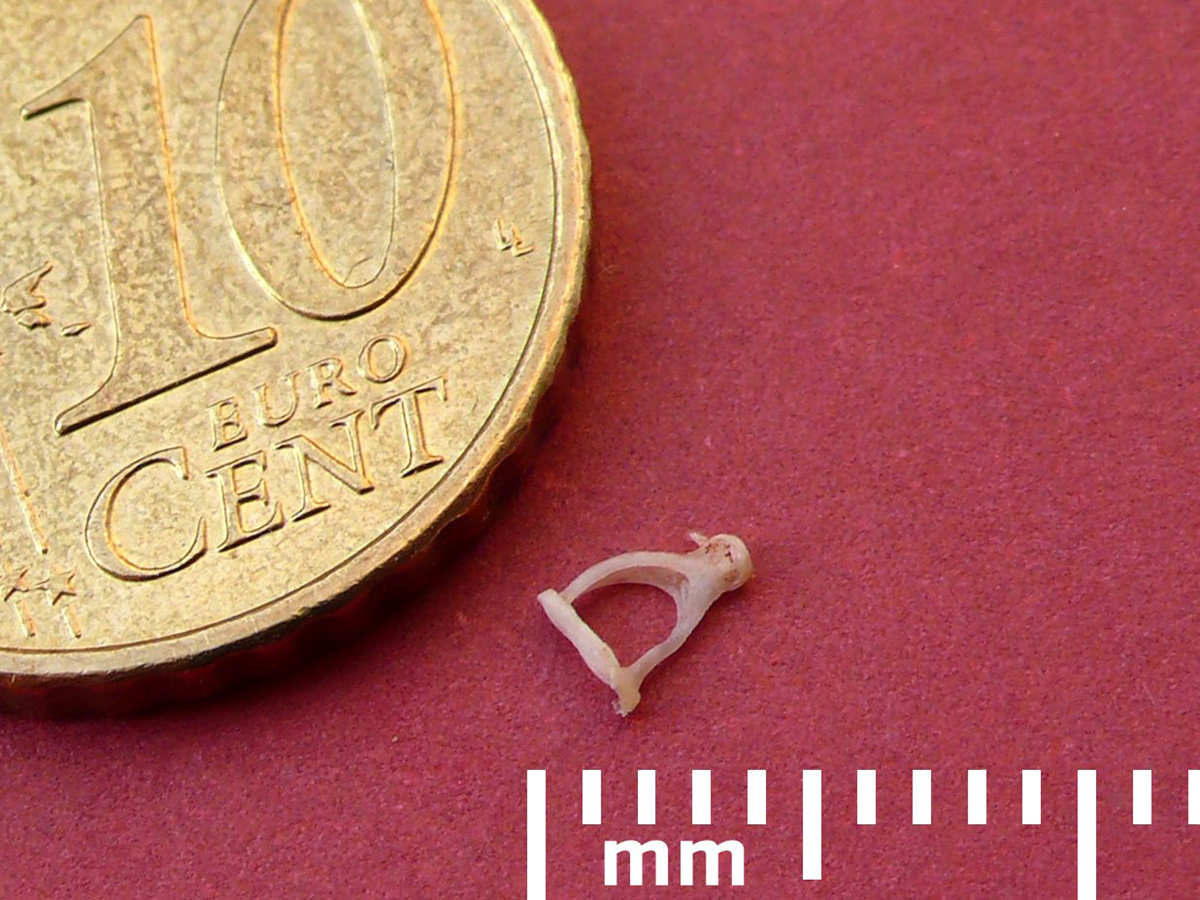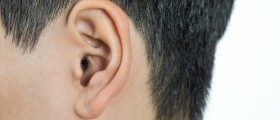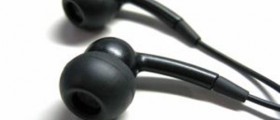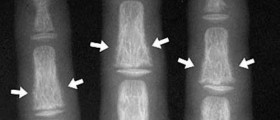
Otosclerosis is a medical condition affecting the middle ear, to be more precise the stapes, one out of three bones located in the middle ear. In order for us to hear normally, these bones must be capable of moving freely and this way transfer sound waves to the inner ear. However, in case of otosclerosis the excess of bone material growing around the stapes interferes with its function. As a result, the stapes cannot move freely which can have detrimental consequences on hearing in the long run.
Clinical Description
As it has already been mentioned, the disease affects the stapes and triggers abnormal bone growth around the bone. In the beginning excess of bone remains localized to the foot of the stapes. This significantly reduces the movement of this little bone. The bone growth is gradual but it inevitably leads to complete fixation or fusion of the stapes.
Otosclerosis generally affects one ear first and then it may also cause sclerosis of the stapes in the other ear. Many health experts believe that the condition is heritable although they have not managed to identify an inheritance pattern yet. Still, it seems that the genes associated with the onset of otosclerosis are transmitted in an autosomal dominant fashion.
Otosclerosis is considered a serious condition because it may easily cause both, conductive and sensorineural hearing loss. As for conductive hearing loss, it develops due to improper transfer of sound waves because the stapes, affected by the growth of excess bone tissue, simply cannot move and allow transmission of sound. In case of sensorineural hearing loss, the damage is most likely located to sensory structures within the cochlea and spiral ligament. Namely, these structures are affected by sclerotic lesions which are blamed for inadequate further transfer of sound impulses. Fortunately, sensorineural hearing loss does not have to occur at all and if it does, this happens only in later stages of the disease.
Diagnosis
The very hearing problems drive patients to their health care providers. They all complain about gradual hearing loss. ENT specialists are engaged in diagnosing otosclerosis. They perform complete ENT examination. The exam typically reveals conductive hearing loss, a normal appearance of the tympanic membrane and absence of otitis media (middle ear infection/inflammation).
Many times conductive hearing loss along with symptoms patients complain about as well as a family history of otosclerosis are sufficient enough for doctors to confirm the condition. These patients are treated conservatively or surgically without additional imaging. However, if the diagnosis is not certain because patients suffer from both, conductive and sensorineural hearing loss or there are other problems patients complain about, it is of major importance to perform additional tests/exams and patients are due to undergo imaging (usually CT scan). CT scan is sensitive enough to visualize even the most delicate bone changes. This way doctors will have a clear insight in growth of the bone tissue that surrounds the stapes and confirm the diagnosis more easily.
Treatment
Treatment for otosclerosis is either conservative or surgical. The former includes hearing aids while the latter refers to stapedectomy.
Initially, when conductive hearing loss is mild and well tolerated, patients are prescribed hearing aids. Most of them benefit a lot from recently introduced bone-conduction hearing aids. Unfortunately, since the disease progresses over time, all patients eventually undergo stapedectomy.
Stapedectomy is a surgical procedure during which the damaged stapes is replaced with an artificial bone made of either plastic or metal. The surgery is highly successful and restores hearing in the majority of patients. If performed on time, stapedectomy may even prevent permanent damage to sensory organs of the inner ear.
There is slight risk that the surgery will fail and patient will completely lose hearing on the operated side. Furthermore, during the procedure there is chance for certain nerves to be damaged. Such damage is basically associated with postoperative disturbance to taste or balance. Patients who have had tinnitus prior to the surgery may not get rid of this unpleasant symptom, but it can reduce in intensity.
Still, the surgery is highly recommended especially if both ears are affected, In such case patients are advised to operated the ear that is most badly affected first. Even if the operation fails to provide with desirable results, the hearing on the other ear will still be preserved.
Relevant Data
Experts estimate that 0.5% of all population is actually suffering from otosclerosis. It was also confirmed by certain post mortem studies that up to 10% of people had otosclerotic lesions on the stapes and had not even complained about any hearing problems while they had been alive.
Caucasians are more susceptible to the condition compared to Black and Asian populations. Women are also affected more. The hearing loss typically occurs at middle-age and may aggravate during pregnancy. Still, the theory that otosclerosis actually progresses much faster during pregnancy has not been confirmed yet.

















Your thoughts on this
Loading...